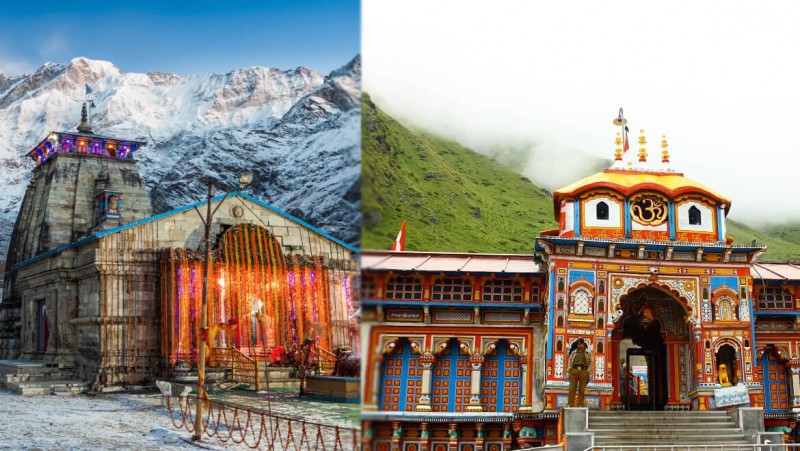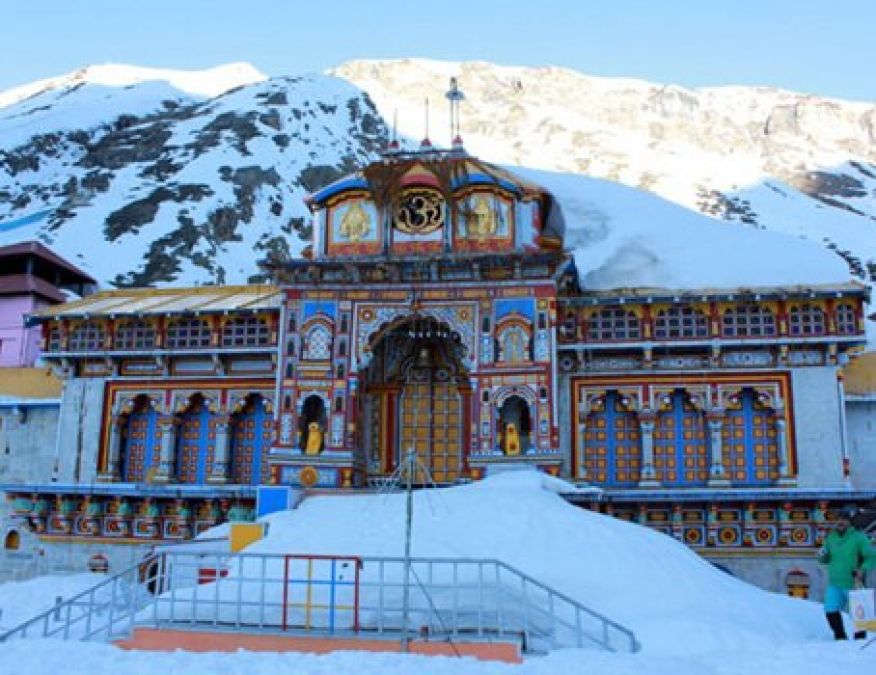
Nestled in the majestic Himalayan range of Uttarakhand, India, Badrinath and Kedarnath are two revered pilgrimage sites that hold immense religious significance. These twin destinations attract thousands of devotees and nature enthusiasts every year, seeking solace, spirituality, and breathtaking natural beauty. Badrinath and kedarnath are two of the chote char dhams.
ALSO READ - The Magnificence of Somnath: India's Sacred Shrine
Badrinath, located at an altitude of 3,133 meters, is dedicated to Lord Vishnu, the preserver of the Hindu Trinity. It is one of the four sacred Char Dham pilgrimage sites in India and holds a prominent place in Hindu mythology. The temple's origins can be traced back to ancient times, with various historical and mythological accounts associated with its existence. Devotees believe that visiting Badrinath washes away their sins and paves the way for salvation. It is believed that Shankara resided in the place for six years from CE 814 to 820. He resided six months in Badrinath and the rest of the year in Kedarnath. Hindu followers assert that he discovered the deity of Badrinath in the Alaknanda River and enshrined it in a cave near the Tapt Kund hot springs. The temple's iconic black stone idol of Lord Vishnu, believed to be self-manifested, is a sight to behold and instills a sense of divine presence. The spiritual aura and the melodious chants of hymns create an atmosphere of serenity and devotion. Badrinath is surrounded by picturesque landscapes, with the Neelkanth Peak forming a breathtaking backdrop. The Alaknanda River gracefully flows nearby, adding to the tranquil ambiance. Visitors can also explore nearby attractions like Mana Village, the last inhabited village before the Indo-China border, and the Vasudhara Falls, known for its stunning cascades.

ALSO READ The Ten Enchantments: Divine Tales of Lord Vishnu's Avatars
Kedarnath, situated at an elevation of 3,583 meters, is dedicated to Lord Shiva. It holds immense significance in Hindu mythology and is believed to be one of the twelve Jyotirlingas (radiant lingas) of Lord Shiva. The temple's origins can be traced back to the Mahabharata era, making it one of the oldest pilgrimage sites in India.Pilgrims undertake an arduous trek to reach Kedarnath, often referred to as the "abode of Shiva." The temple's magnificent architecture, adorned with intricate carvings and sculptures, captivates visitors. According to Hindu legends, the temple was initially built by the Pandavas, and is one of the twelve Jyotirlingas, the holiest Hindu shrines of Shiva. The Pandavas were supposed to have pleased Shiva by doing penance in Kedarnath. It is believed that Lord Shiva himself grants blessings to those who undertake this sacred journey, providing a deep spiritual experience. Kedarnath is situated amidst awe-inspiring Himalayan peaks, including the Kedarnath range and the stunning Chorabari Glacier. The Mandakini River flows nearby, enhancing the scenic charm. Nature enthusiasts can embark on treks to nearby places like Chorabari Tal, Vasuki Tal, and Sonprayag, immersing them in the breathtaking beauty of the region.

ALSO READ - Yamunotri and Gangotri: Sacred Himalayan Shrines of India